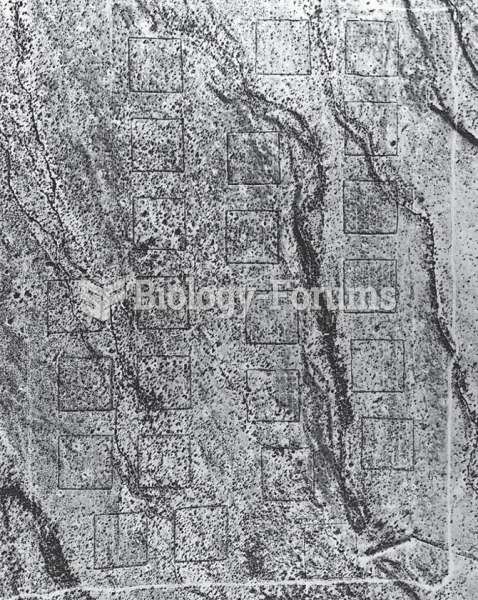Answer to Question 1
The Tuskegee Syphilis Study was an infamous clinical study that lasted for 40 years (19321972) and was administered by the U.S. Public Health Service in Alabama. Its main goal was to study the health effects of untreated syphilis, which was a deadly sexually transmitted disease at that time. This study led to considerable physical harm, as it involved not treating research participants for the disease (leading to their subsequent deaths) even when a cure became available. All of the participants were poor African American sharecroppers in the area around Tuskegee, Alabama. None of them had a good understanding of the study and were given the impression that they were receiving good medical care when in fact they were subjected to painful procedures that did nothing to address their condition. Many were not even told that they had the condition. Even worse, they were not given curative treatmentpenicillin when it became available. Thus, a federally sponsored study took advantage of a vulnerable population, was racially motivated, created permanent and serious harm for participants, and left a legacy of ethical misdeeds. As you can imagine, when the media broke the story about Tuskegee, a massive public outrage ensued. If you think about it, during many of the 40 years of the syphilis studies, the Nuremberg Code and the Declaration of Helsinki were in existence. At the time, each of these international standards delineated ethical principles for informed consent and medical care of research subjects. However, both these documents were disregarded in the syphilis studies. For whatever reasons, the U.S. government continued to sponsor research in humans that was not guided by the Nuremberg and Helsinki principles.
Answer to Question 2
a







